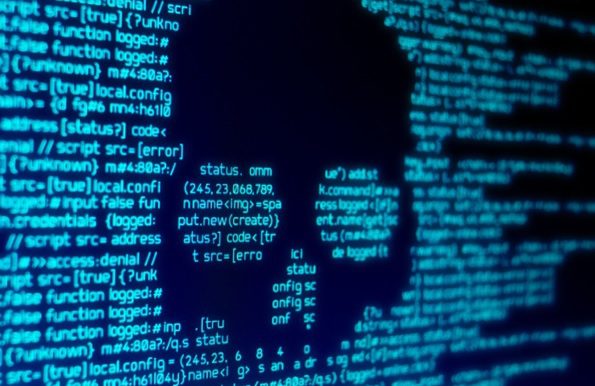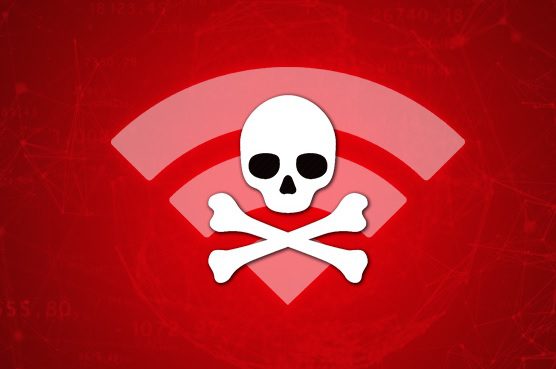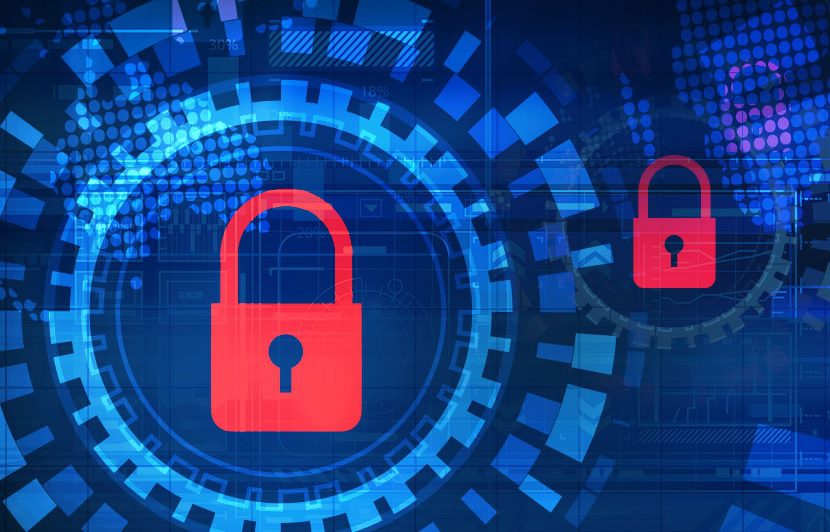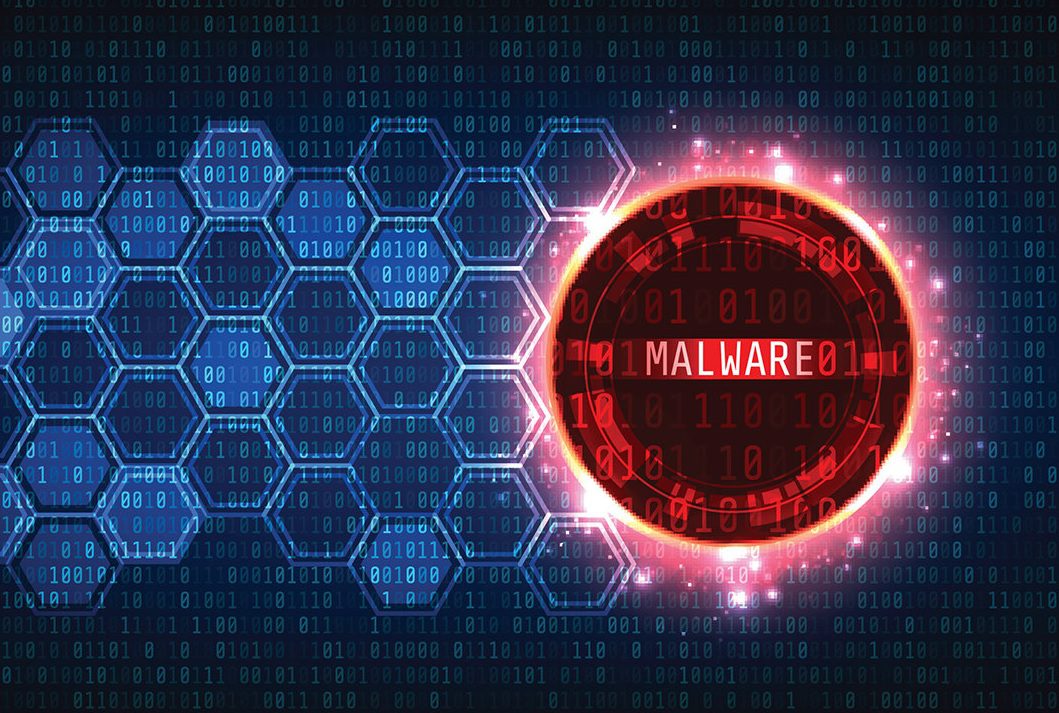DSLRs are cool devices. Click a photo, zoom in to enjoy that FULL DX FORMAT image details like your own eyes. While on some point, you see the clip that won’t open. It’s locked or encrypted. Well, your DSLR just got hacked. As Ransomware Attacks are infectious to DSLRs now. This is true as residing in hell after death. Ransomware attacks have been a threat ever since it got found out. That it can lock your files up and ask for a couple of dollars. Malware attacks are now easier for any device. Since now Ransomware Attacks are infectious to DSLRs too.
Ransomware attacks to DSLR?
Well, ransomware can do anything to a file. But it can lock it up surely or encrypt it. And that includes any sort of file. Changing the extension of a file is an easy job for an engineer. Or a security expert who might do something naïve. Checkpoint Software technologies found out that malware can easily lock up files in a DLSR. Without you knowing about it at all.
How malware can be sent to a DSLR

If you don’t know how it does, its easy to explain. You design malware. One that can deploy its own libraries in storage. A DSLR has one with a RAM too. The file can be remotely transferred to a camera via Wi-Fi. Or even Bluetooth. Both of which are wireless. Speed is good enough for data transfer.
Check out this Apple patched a USB vulnerability To Keep Police or Hackers.
Infected Wi-Fis are the culprits with Malware

Wi-Fi can be easily infected. They can be taken control over a small time. As computers are fast. Probability is more advanced now. Hackers can easily put down the malware to the network. It is just a piece of cake for them. DLSRs that are connected to such a Wi-Fi can easily become a target.
Since Ransomware Attacks are infectious to DSLRs too. You are clear on that now. Not more than the user can even identify the threat already. Or worse, the malware can make copies of itself, send itself to all the active users.
Real Ransomware attacks demand money

Most ransomware attacks will demand money to decrypt all the files. Most users will go on the verge to do that. As the hacker doesn’t know how much loss he has done. But the user does.
A few hundred dollars won’t hurt for a couple hundred thousand. That’s clear math to do. But more hackers don’t even ask for a small amount. Targeting cameras is a profit for them. Since most photographers live by that. Even some earn a great deal of money with it. So, it’s a reasonable thing to do.
Vulnerabilities to DSLRs and connected devices

Canon (which recently experienced the issue) got advise to look into the matter. It indeed did and released a new firmware for a camera update. The new update will likely to be solving the issue to the near boundary.
While potential threats still remain open. As files can be easily transferred with a wireless signal. The security guide is clearly mentioned to follow by canon. It also requests the users to verify networks before connecting.




Thanks for giving awareness to the public on malware.